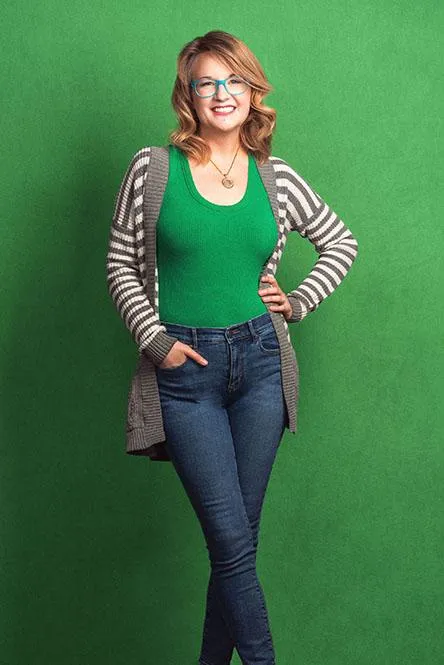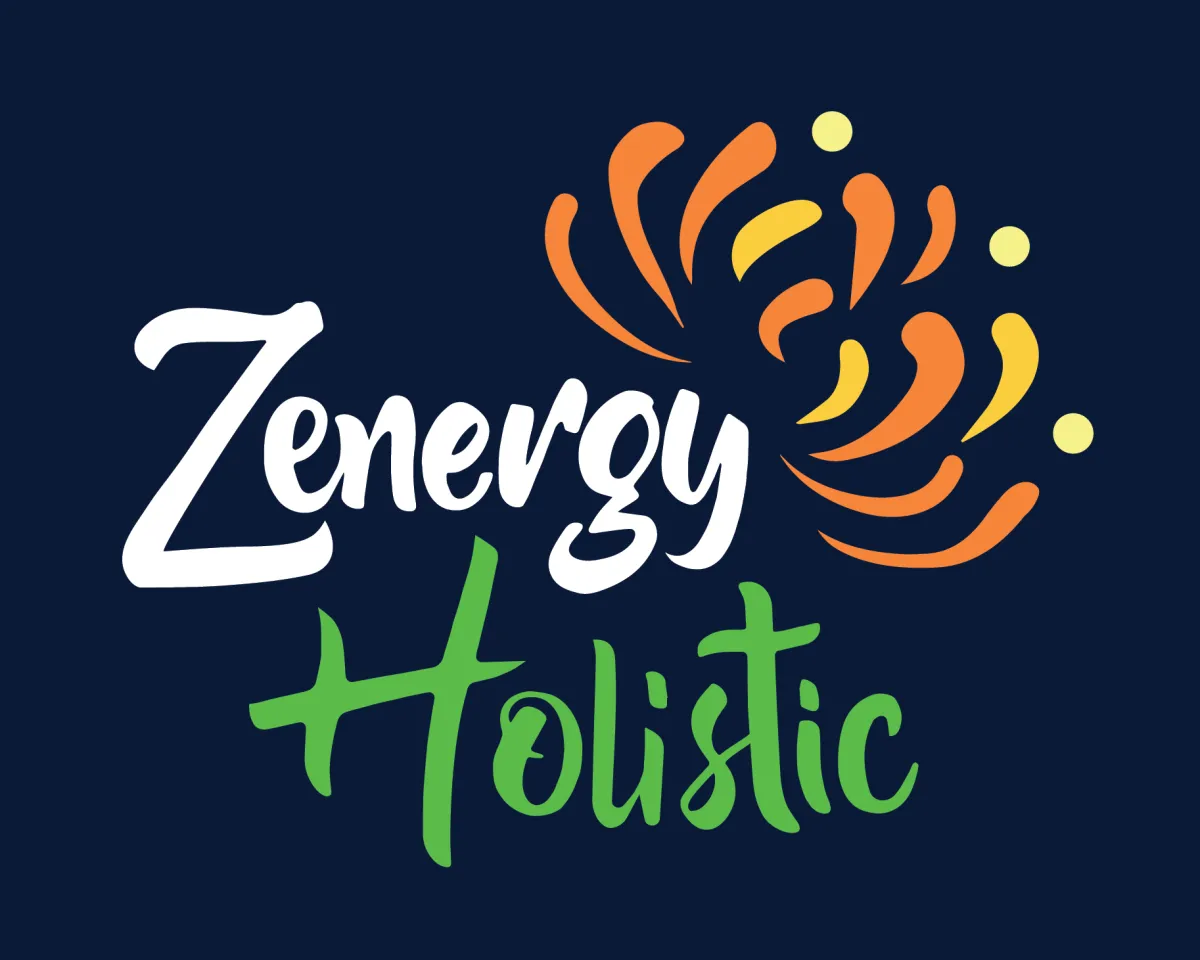W140N6734 Lilly Rd., Menomonee Falls, WI 53051 | (414) 460-1496 | [email protected]
Contact Us

About Miranda
The journey toward holistic health started in college for me. As a child, I developed ADD and mild to moderate depression around the third grade. I didn’t tell my parents because I didn’t want to be put on drugs. I decided that I would rather feel the highs and lows of emotions than be numb. I found ways to cope through music. Fast forward to my first year of college. I put on the ‘Freshman 15’ in two months. New problems ensued… skin rashes, weakened immune response, frequent flus/colds, and respiratory infections. At the time, I did not connect the dots between my poor diet and my sedentary lifestyle. Breakfast was either cereal or a bagel with cream cheese. Lunch was almost always chicken tenders and fries or cheese curds. Dinner was either grilled cheese, cheeseburger, pizza, or Blimpie sub, followed by fries and ice cream. There were also loads of sweets in between meals. After having a breakdown about my weight gain, my roommate hit me with her unfiltered observation. “You eat garbage, you take two-hour naps in the afternoon, and you don’t exercise! What did you expect would happen? Quit complaining, take responsibility, and do something about it.” It felt harsh. I realized that I wasn’t mad at her but at myself. Dinners switched to salads, and we started a workout routine. While I did lose a little over half of the weight gain in the next six months, I still struggled with depression and weakened immunity.
Junior year, I came home from work just after midnight. I was scraping by at the time because of racking up debt on the credit card. My diet consisted of toast for breakfast, a can of baked beans for lunch, and those $1 rice and noodle packets you microwaved for dinner. Not ideal again. Couldn’t afford cable, so just a TV with two channels from the antenna. I rarely turned it on. That night, however, must have been destiny, or the universe sending me a sign. An infomercial was on for the book “Natural Cures They Don’t Want You to Know About.” After listening to the author speak about the content of his book, I made the decision to invest in a copy. After reading its entirety, I knew there were a lot of changes I wanted to make, but unfortunately could not afford them. I picked up extra shifts to pay off my debt, then selected only a few items to start with that I knew I could comfortably afford. I invested in higher-quality water, eliminated using a microwave, eliminated certain foods, consumed organic fruits and vegetables, purchased a rebounder, and started exercising regularly. Just a few small changes for a month and there was a noticeable difference. I shed the extra pounds, woke up without an alarm clock, and was full of energy. My mood improved and I felt happy.
One year later, my world crumbled. My mom, at the age of 51, took her own life. Trauma can certainly affect your health. I did not cope well and threw everything I had learned about a healthy lifestyle out the window. I developed social anxiety, not wanting to be in large groups because it felt like everyone was staring at me. I consumed more alcohol and fast food than before. After graduation, I moved with my friend to Oak Creek for a fresh start. Living by myself, I started sheltering in after work. It wasn’t until I met my now husband that my life changed for the better. He was very understanding of my situation but wasn’t going to enable the bad habits I created. My first therapist was very nice but wasn’t the right match because she didn’t dig deep. My second therapist I saw just three times and the epiphany emerged. When I felt anger, sadness, or anxiety over a situation, she would have me ask myself, “Was this within my control?” If it wasn’t within my control, let it go. If it was within my control, learn from what could have been done differently, forgive myself, and move on. That was when I realized that even though my mother pulled the trigger on her life, no one was holding a gun to mine. I had control over what I put in my body, what I fed my mind, and what unhealthy habits I had set. It was time to reintroduce the book mentioned above that I packed away years ago. We slowly replaced negative habits with their positive counterparts. We regularly completed detoxing cleanses. The effects emerged for the better. We were down to healthy weights. I no longer had social anxiety or depression. I was able to focus more.
A few years later, we lost five family members in a few years to heart disease and cancer. They were in their 50’s, 60’s, and early 70’s. We started to wonder why we were seeing an increase in this, not just with our family but with other families. Our grandparents were still alive in their 80’s and 90’s. This led to more reading and research looking back at lifestyle differences of the past, and the introduction of more chemicals/toxins along with processed foods. The more we read and made changes, the more differences we saw in our own health. Have you ever heard of the compound effect? It is “the strategy of reaping huge rewards from small, seemingly insignificant actions. Small choices + consistency + time = significant results.” Those significant results can be positive or negative depending on the small choices made repeatedly. My goal with clients is to take a common sense approach to the compound effect. You didn’t eat a slice of pizza and gain 30 lbs. overnight. Just as eating a salad one time isn’t going to make you lose 30 lbs. overnight. What one or two negative habits can be replaced with their positive counterpart? Then, slowly continue to add on more positive changes one at a time.
Copyright © 2025 Zenergy Holistic. All rights reserved.
